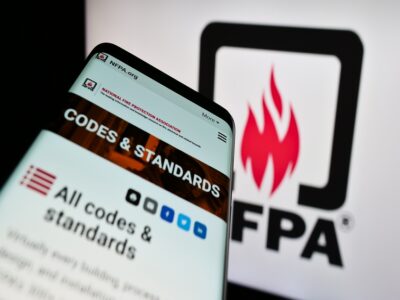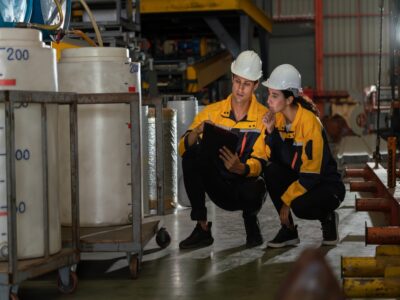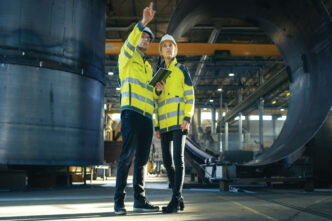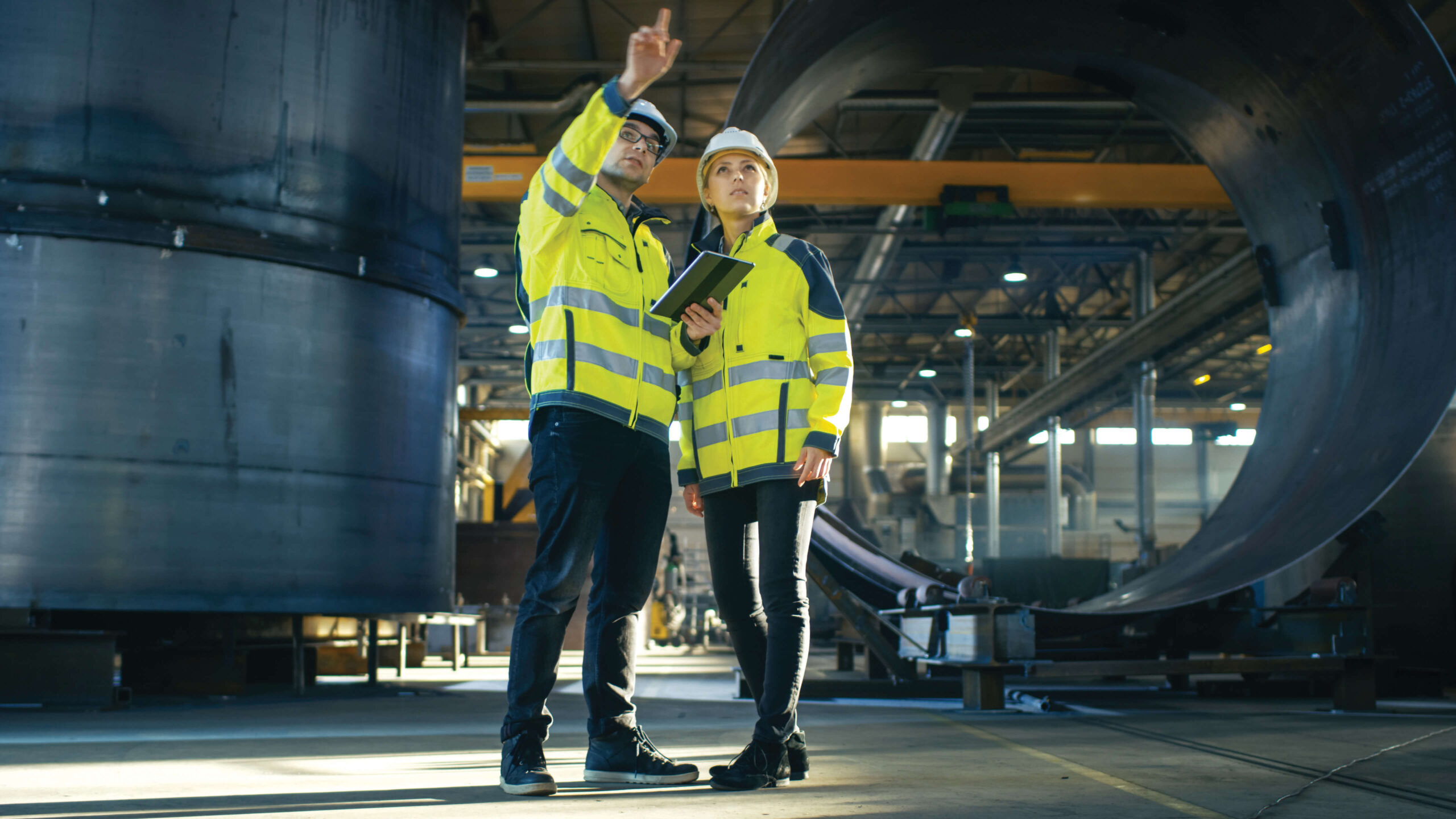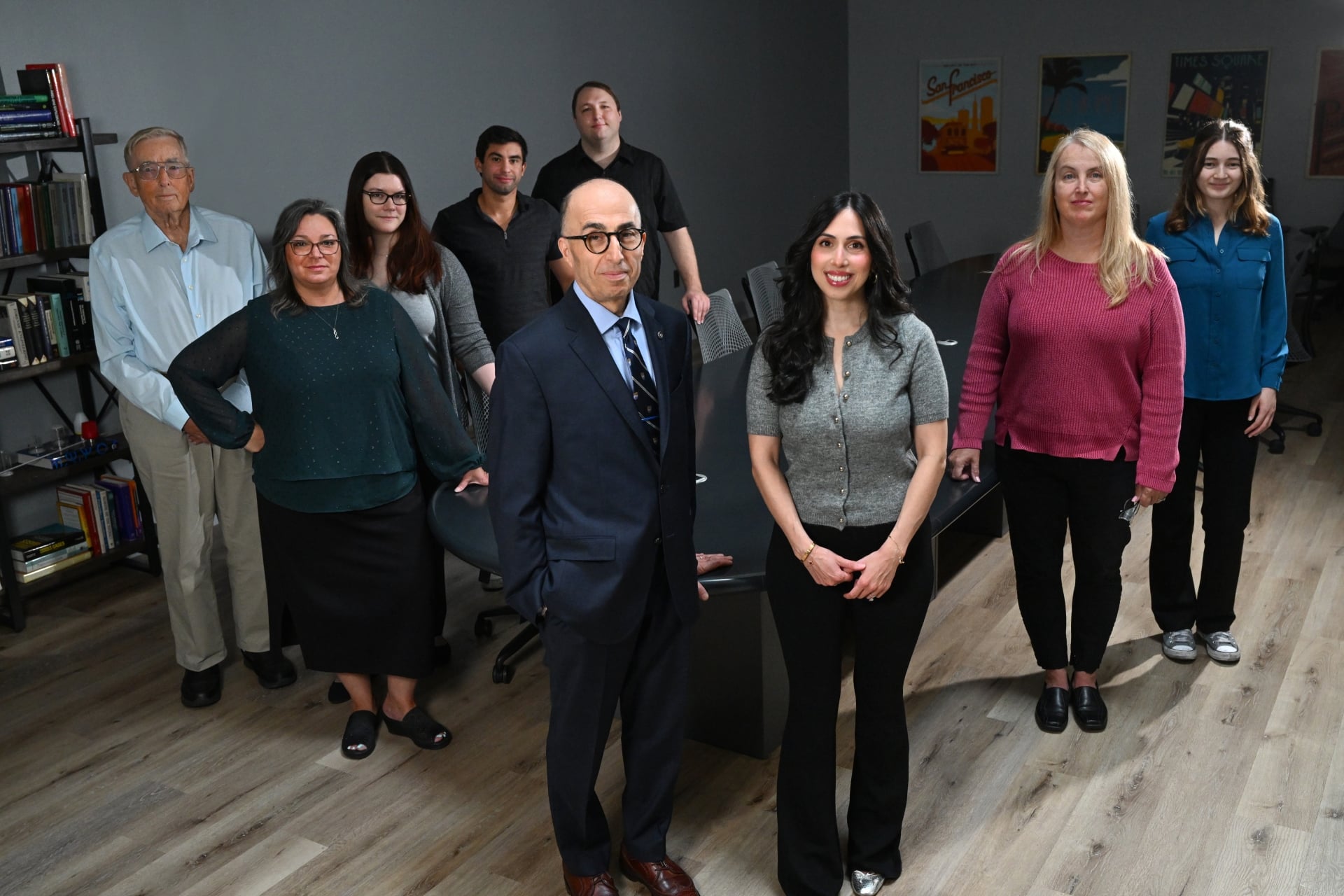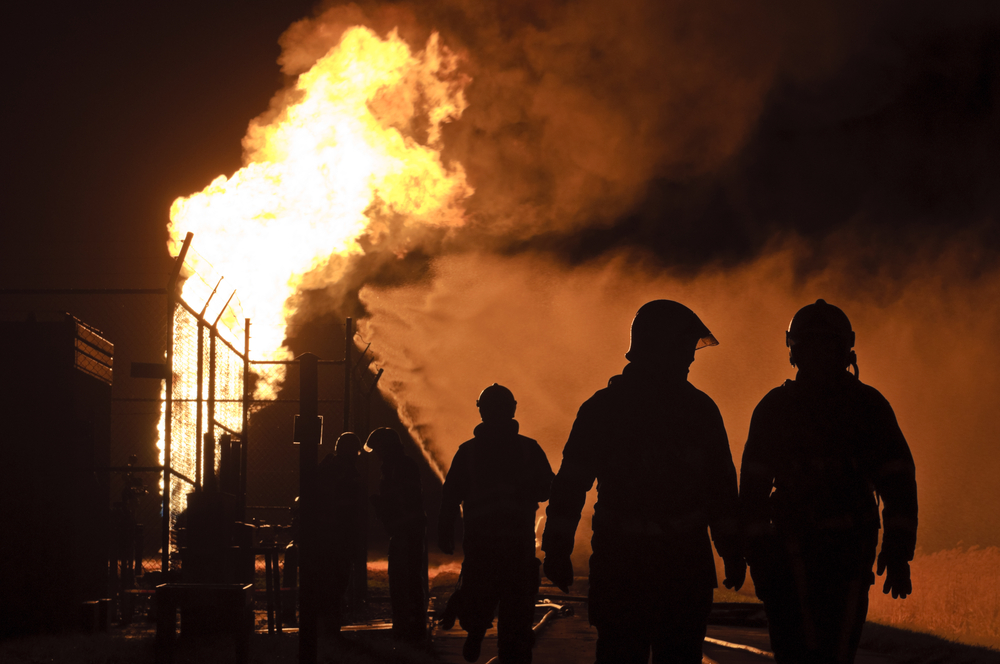
Stonehouse provides professional, impartial and independent advice and qualified expert opinion to support the legal process of resolving cases that involve flash fires, explosions, and most areas of process safety. We utilize a science-based approach in our litigation support work that is supported by decades of industry experience including numerous explosion and fire investigations and formal safety studies.
Background
Many household and industrial products such as chemicals, medicines, plastics, solvents, fuels, refrigerants, cleaners, adhesives, and paints are made from flammable and combustible liquids. The handling, processing, manufacturing, transport, storage, and use of these products and/or their ingredients can therefore pose a fire, flash fire or explosion hazard. Under the right conditions the consequences of ignition of the vapors and subsequent fires or explosions can be serious injuries, fatalities, facility damage and adverse community and business impact.
In general, the hazards that flammable liquids, vapors or mist clouds present include the following:
- Under the right conditions flammable and combustible liquids are easily ignited by several types of low-energy ignition sources, including electrostatic discharges. An electrostatic spark from one’s fingertip will most often have more than 20 times the energy that is needed to ignite most vapor-air mixtures.
- Liquid vapors can easily travel along the floor from one location to another or be lofted to higher levels due to air currents.
- Liquids burn readily and give off more heat compared to fires involving ordinary materials like paper or wood; therefore, the resulting high temperatures make it very difficult to extinguish fires involving these flammable liquids.
- Vapors of flammable liquids can readily mix with surrounding air and, if confined, can cause violent explosions.
Depending on the process design, process materials and process conditions, ensuring the safety of people and the facility may require preventing the formation of a flammable mixture, control of ignition sources, and/or mitigation of the fire/explosion consequences.

Get in touch
To learn more about our expertise and services in dust explosion prevention & mitigation, call us at +1 609 455 0001 or email us at [email protected] today.
We also offer tailored virtual and in-company process safety training programs on Dust Explosions, Static Electricity and HAC (Hazardous Area Classification) and more. Find further information here.
* indicates required fields
